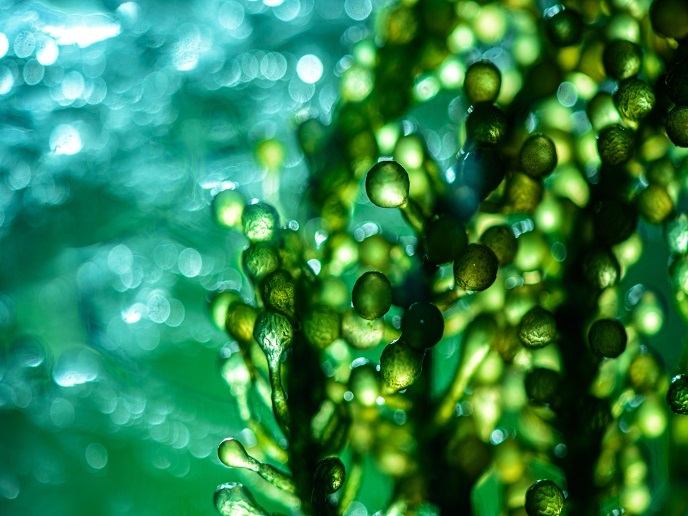Natural extracts improve properties of industrial bioplastics
In the developed world, enormous amounts of agricultural waste produced are being thrown away. This organic material can instead be reused to create bio-based plastics. These bio-based plastics may be used for a range of industrial applications. Once treated and reinforced through the incorporation of environmentally friendly additives, they can meet the needs of manufacturers who currently use plastics from fossil fuels, such as petroleum. The EU-funded BARBARA project addressed this challenge, creating eight new materials through the valorisation of side-stream fractions and residues from agro-food production into novel polysaccharides and functional additives. “BARBARA technology enables the improvement of mechanical, thermal, aesthetical and well-being properties of novel bio-based engineering polymers,” says project coordinator Berta Gonzalvo Bas. Consortium members received funding from the Bio-based Industries Joint Undertaking, a public-private partnership between the EU and industry. This partnership under Horizon Europe aims to accelerate the development of the circular bioeconomy in Europe, whereby the building blocks for chemicals, biofuels and materials are derived from biological resources while contributing to climate targets.
The sweet smell of success
Researchers developed and tested new processes for the extraction and functionalisation of high added-value compounds from agricultural waste such as fruit peels and nutshells. Natural dyes, biomordants, antimicrobials and essential oils were obtained through microwave-assisted extraction and other advanced processes such as the use of supercritical water. Once all the organic-based components were extracted, the filament spools were prepared for building the prototypes using additive manufacturing (3D printing). The developed materials contained polysaccharides (from maize), pomegranate and lemon pigments, pomegranate biomordants, lemon fragrance and almond peels which gave the materials different colours, scents and textures with antimicrobial properties, while they exhibited resilience to thermal and mechanical stress. “Additive manufacturing processes involve the use of a continuous filament for 3D printing, which becomes soft on heating and hardens on cooling, creating novel bioplastic pieces with advanced properties for the building and automotive sectors,” Gonzalvo Bas explains.
Multiple industrial applications
Project partners used the new materials to 3D print door trims and a dashboard fascia for cars, with the participation of Italian car manufacturer Fiat. They also created moulds for fabricating truss joints for buildings for the Spanish company ACCIONA Infrastructures. According to Gonzalvo Bas: “BARBARA also contributes with direct impacts to four essential facilitating technologies: biotechnology, nanotechnology, advanced materials and advanced manufacturing technologies, which are the foundations of a wide range of industries.” BARBARA technology will significantly improve the competitiveness of European companies in different sectors, providing clear improvement to the quality of their products. Agricultural, chemical and biopolymer producers, processing companies, automotive, building and many other fields will benefit from this technology. “Other key industrial sectors in the European economy, such as aerospace, electronics and household appliances, can use biopolymers to produce new bioplastics with excellent structural and functional properties while increasing their sustainability,” she concludes.
Keywords
BARBARA, bioplastic, biopolymer, agricultural waste, 3D printing, additive manufacturing, fused filament fabrication







